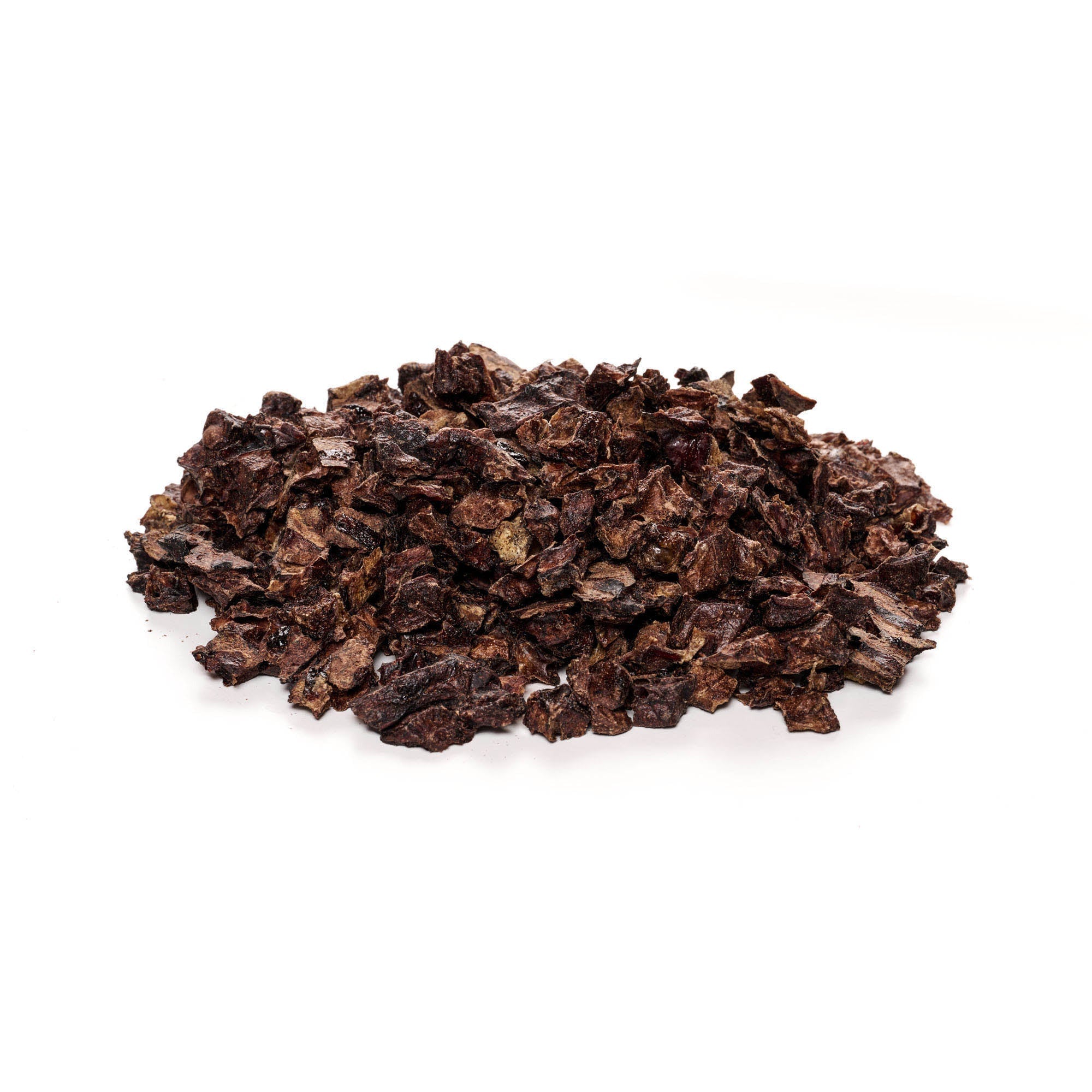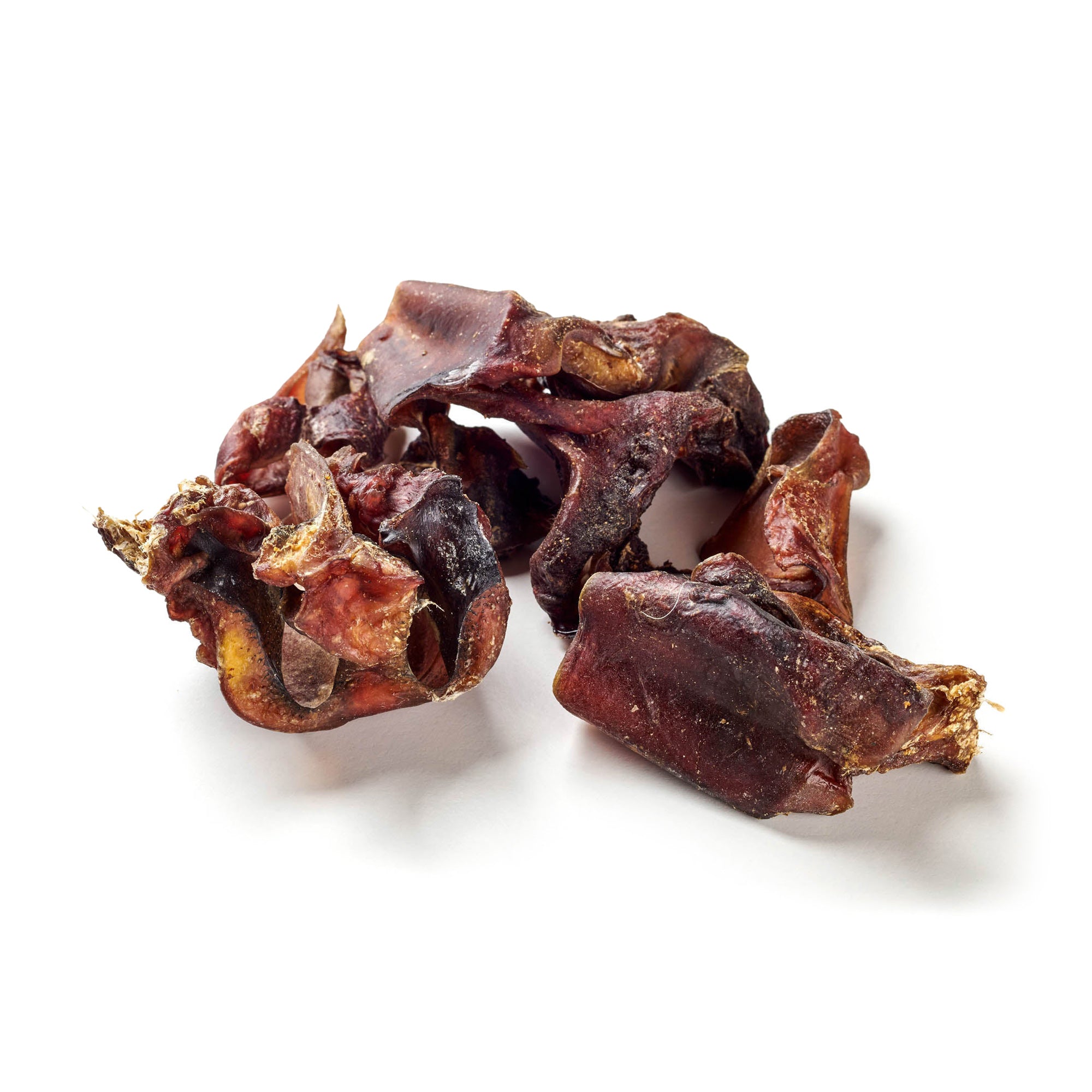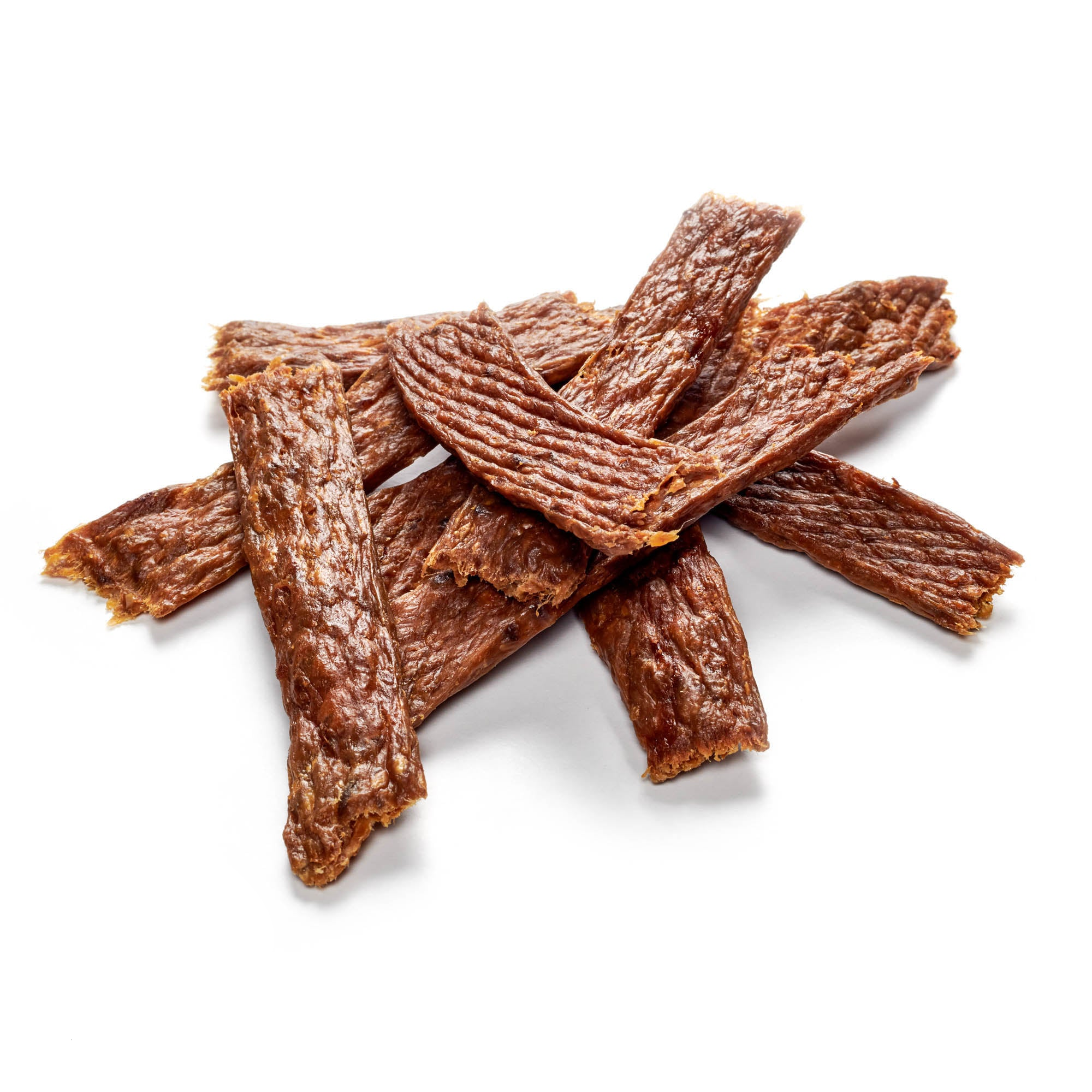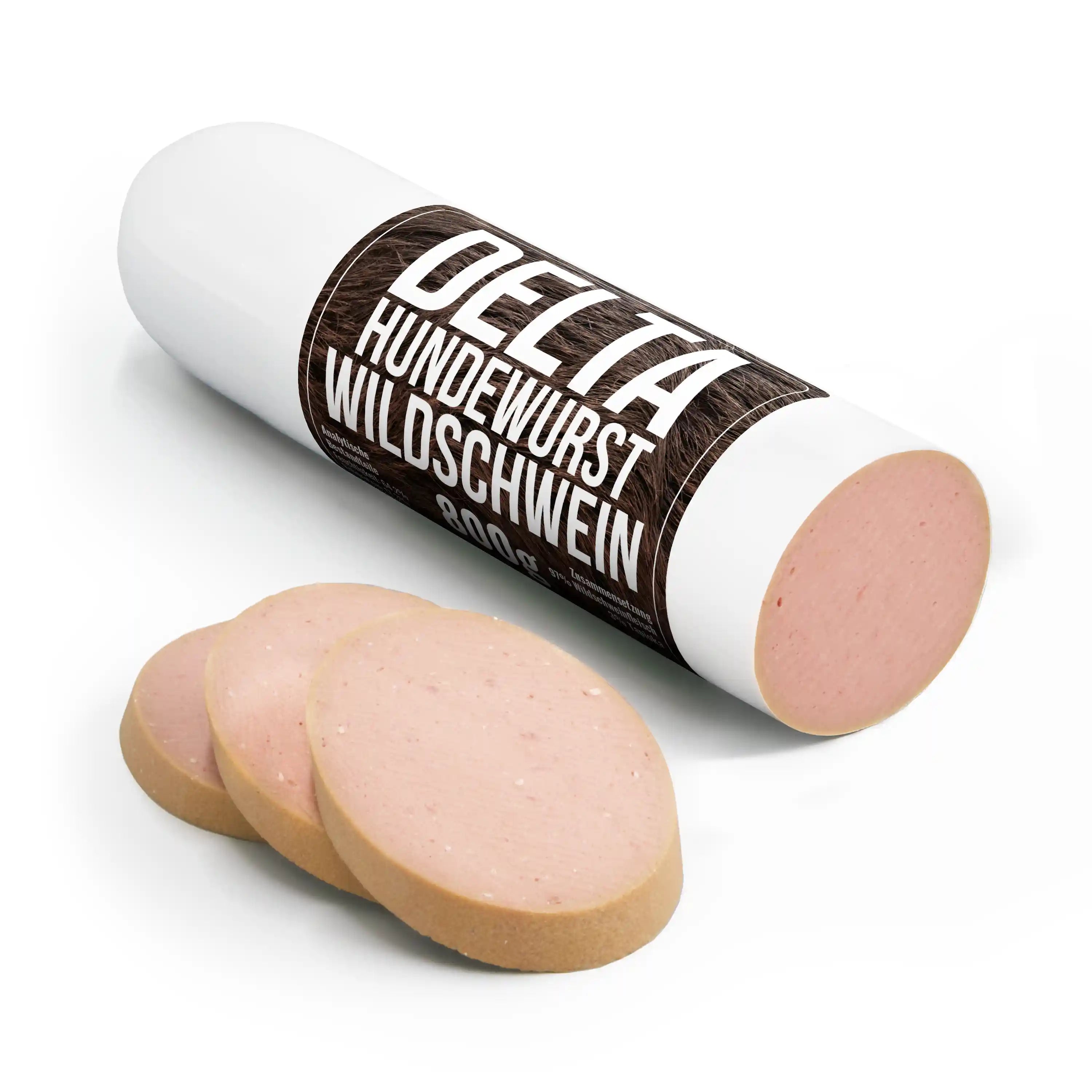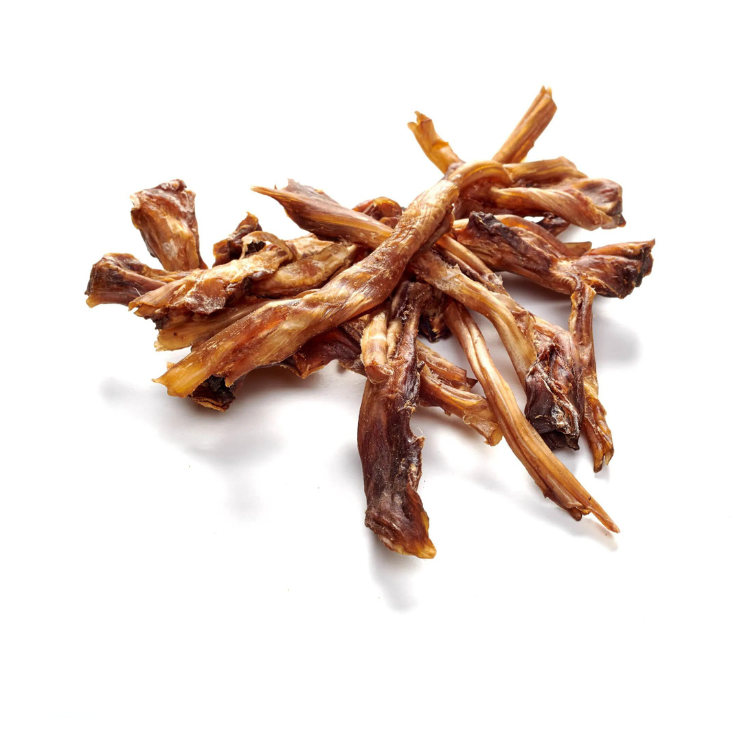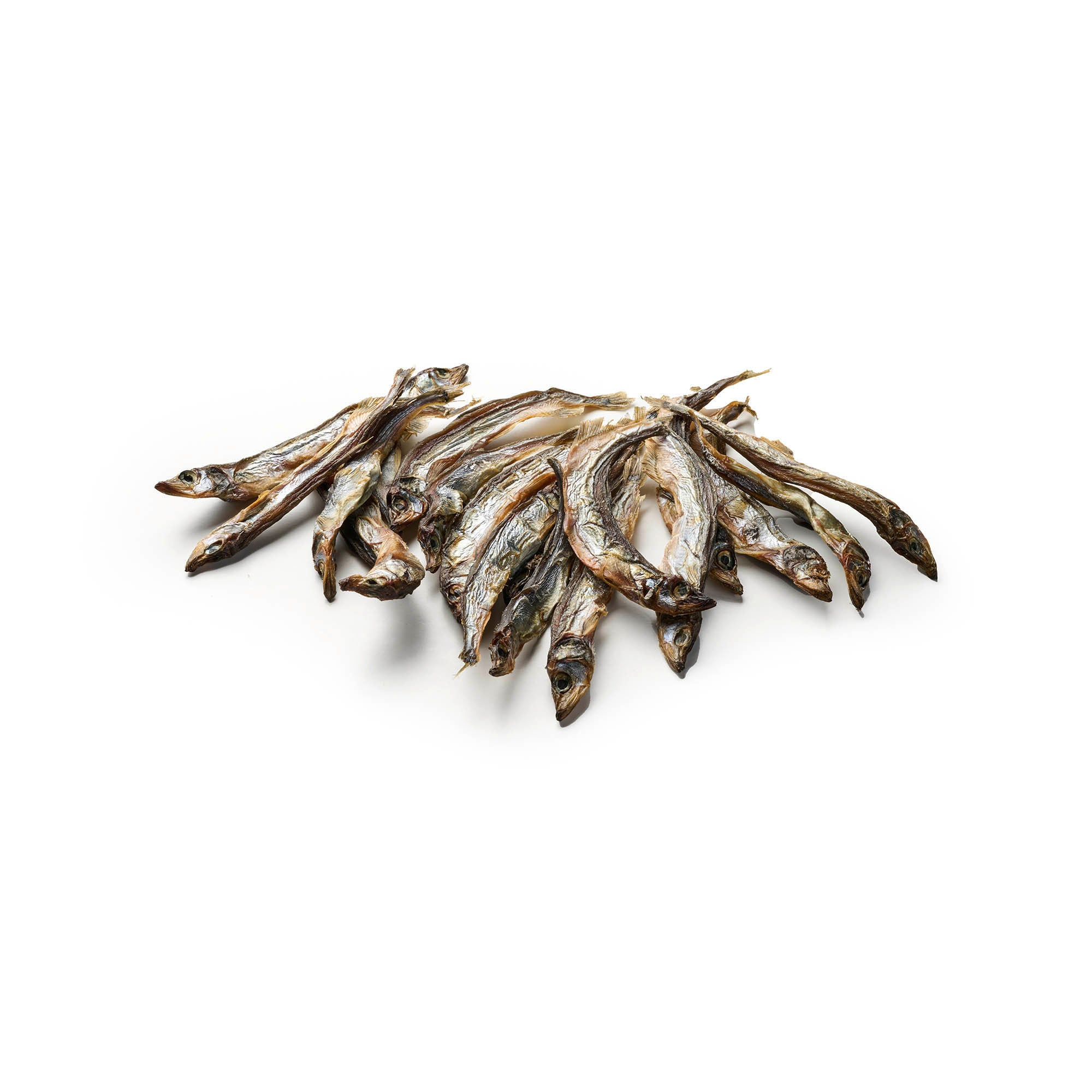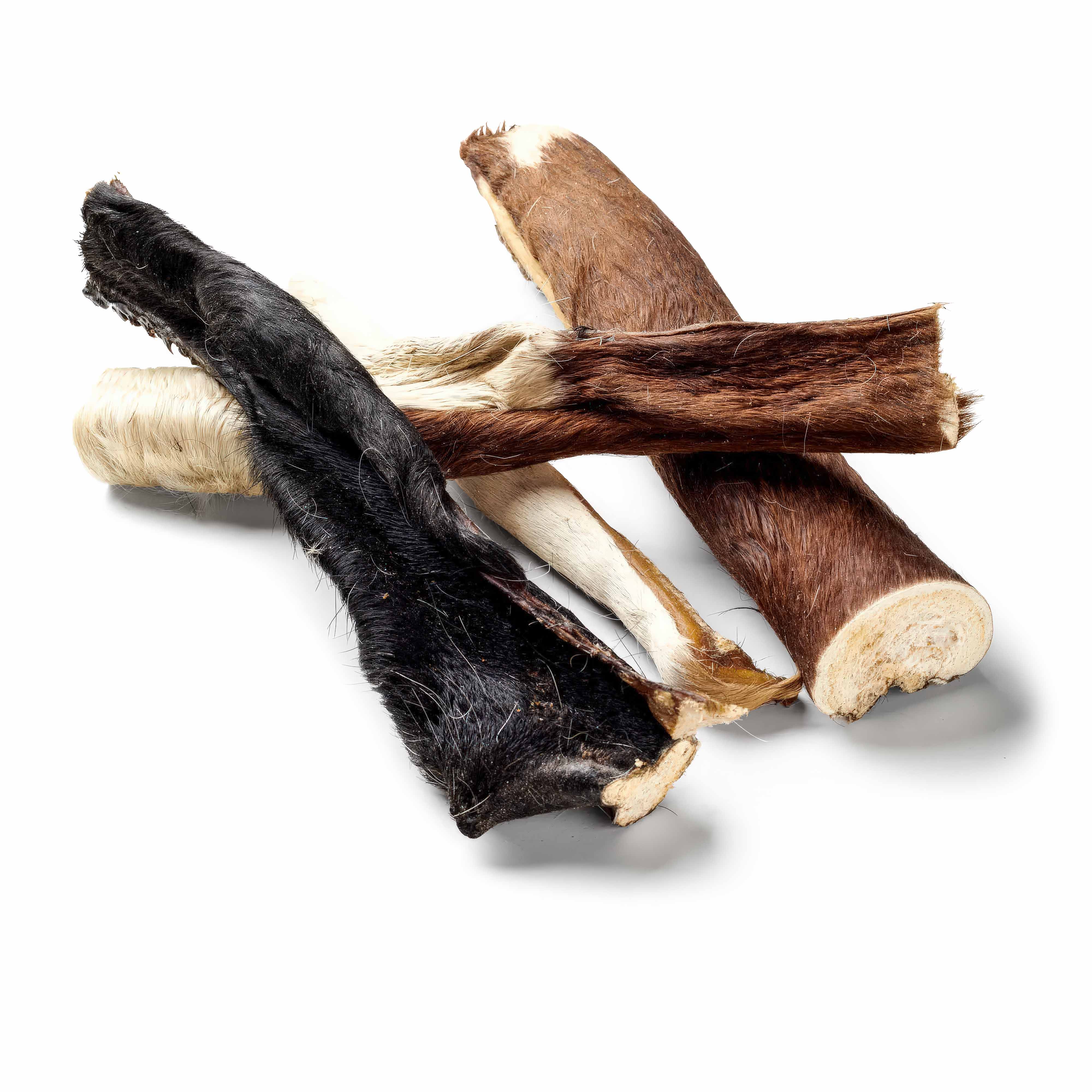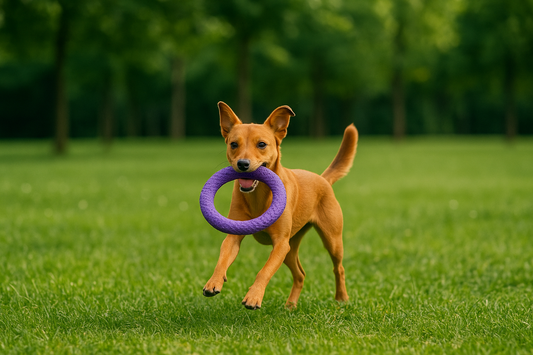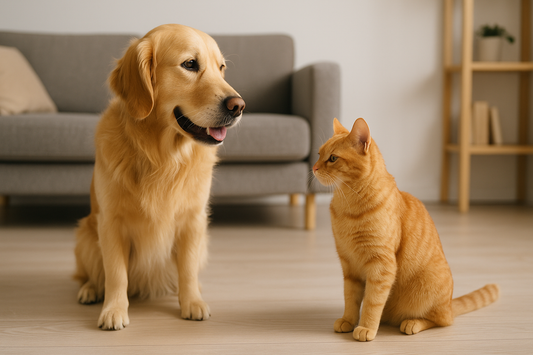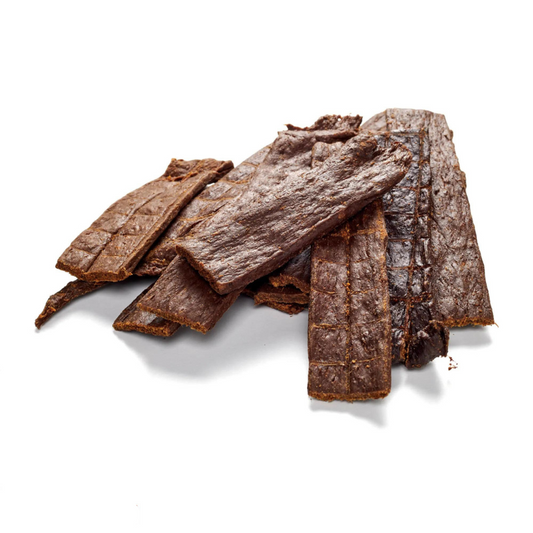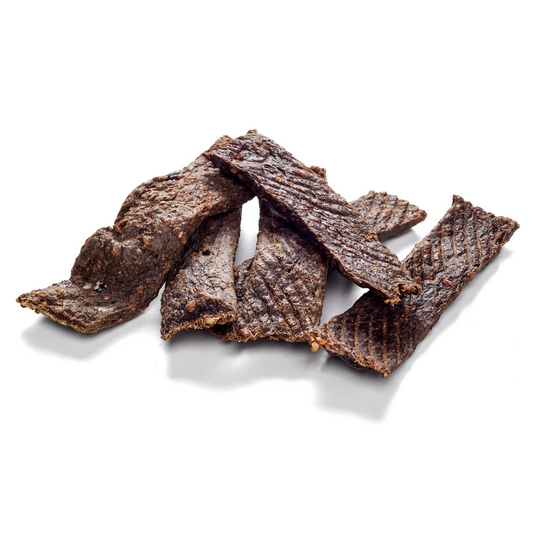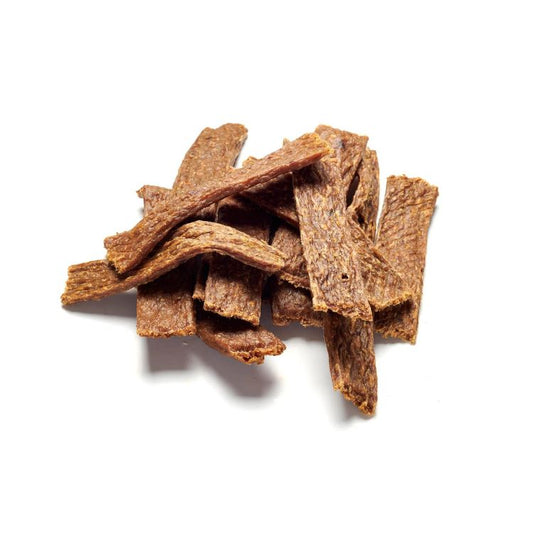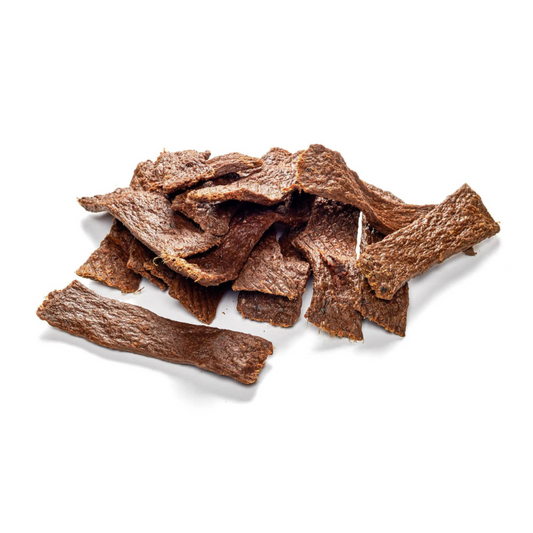
Pointing dogs
Share
Contents
- Pointing dogs – largest group of hunting dogs
- What characterizes a pointing dog?
- Areas of application of pointing dogs
- Differences between pointers
- Tests for pointing dogs
- No tasks for pointing dogs
- Pointing dogs - family suitability
- Conclusion
Pamper your dog with our chew products!
Pointing dogs – largest group of hunting dogs
The group of pointing dogs is the largest in terms of numbers among the hunting dog breeds . A total of 36 pointing dog breeds are recognized in Germany. The diversity and number of pointers reflect their popularity, and they are widespread worldwide.
There are considerable differences within the pointers, but also many similarities.
Continental pointers of the “Braque” type:
- Bracco Italiano
- Braque du Bourbonnais
- German Wirehaired Pointer
- German Shorthaired Pointer
- German Stichelhaar
- Weimaraner
- Old Danish pointer
- Braque de l'Ariege
- Braque du Bourbonnais
- Braque d'Auvergne
- German Shorthaired Pointer
- German Stichelhaar
- Magyar Vizsla Wirehaired
- Magyar Vizsla Shorthair
- Perdiguero Portuguese
- Braque francais
- Braque Saint Germain
- German Wirehaired Pointer
- Perdiguero de Burgos
- Pudelpointer
- Weimaraner
Continental pointers of the “Griffon” type:
- Bohemian rough beard
- Griffon Korthals
- Slovakian rough beard
- Spinone Italiano
English and Irish Pointers:
- English Setters
- Irish Red Setters
- English Pointer
- Gordon Setter
- English Pointer
- English Setters
- Irish Red Setters
- Irish Red and White Setters
Discover the range of dog snacks in our store!
What characterizes a pointing dog?
An outstanding characteristic of pointing dogs is their ability to point. When pointing, the dog reacts to the scent of game by behaving as if he were frozen. He concentrates his attention on the source of the weather, namely the game, and builds up a high level of body tension.
Through this behavior, the dog signals to the hunter or huntress that game is nearby and allows them to prepare for the upcoming shot. Only pointing dogs exhibit this special behavior, which is why they are invaluable when hunting small game.
Pointing forward is an innate behavior, but requires dog training and experience to resist the urge to move forward and learn that prey can only be taken down with cooperation from the hunter.
Areas of application of pointing dogs
Pointing dogs are happiest when they can work outdoors and in open areas. Here they are able to effectively search for game and signal it to the hunter.
Areas of application before the shot:
- Searching for game, for example using cross searches
- Browse through thickets
- Leading and trailing
The requirement profile for a pointing dog is extremely diverse and requires a wide range of dog training . Some of the required skills may influence each other due to their differences.
For example, while a cross search may require a fast canter with the nose raised, when welding, calm and a low nose are preferred.
Differences between pointers
Although all pointers are naturally good at pointing, there are pointer breeds that are considered more of an all-rounder, while others are basic specialists in specific hunting tasks. In addition, they vary in size, stature and coat type.
Choosing the right pointing dog breed depends on personal preferences, the terrain, the game species present and the availability of other hunting dogs.
Tests for pointing dogs
Leading pointers in various competitions offers a wide range of possibilities. However, the usability test is usually an important basic requirement for hunting use and insuring the dog. In addition, pointers can take part in various tests, including the Association Youth Test (VJP), the Association Autumn Breeding Test (HZP), the Association Usage Test (VGP), the Loyalty to Bring (Btr), a Hardship Certificate (HN) and a sound proof. Some dog handlers also decide to take the Association Welding Test (VSwP) and other tests that are rewarded with performance badges in the stud book. However, the choice of tests is at the discretion of each dog owner.
No tasks for pointing dogs
Essentially, pointers are versatile hunting dogs capable of performing various tasks both before and after the shot. The only clear exception is den hunting, where pointers cannot be used in narrow dens due to their size. This is due to their oversized chest and their unsuitability for use in such situations.
Pointing dogs - family suitability
It is difficult to say generally whether a pointer is a good family dog, as the temperaments of different breeds vary greatly. Basically, I am of the opinion that every dog can be a family dog if it is trained consistently. However, it is undeniable that there are breeds that are easier to train in this regard than others.
Conclusion
Overall, it can be said that pointers are an interesting option in both hunting and family environments due to their versatile abilities and temperaments. However, whether a pointer is suitable as a good family dog depends on the individual breed, upbringing and the needs of the family. With consistent training, any dog can be a wonderful family companion, but it is undeniable that some breeds are naturally better suited to this role than others. It is therefore advisable to find out about the specific characteristics and needs of the respective breed before purchasing a pointer and to carefully consider the decision.
Pamper your dog with our chew products!


